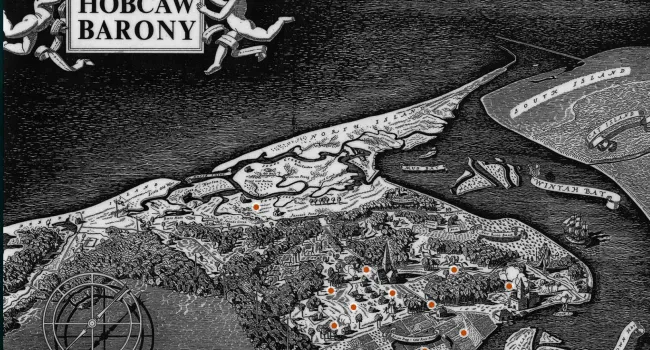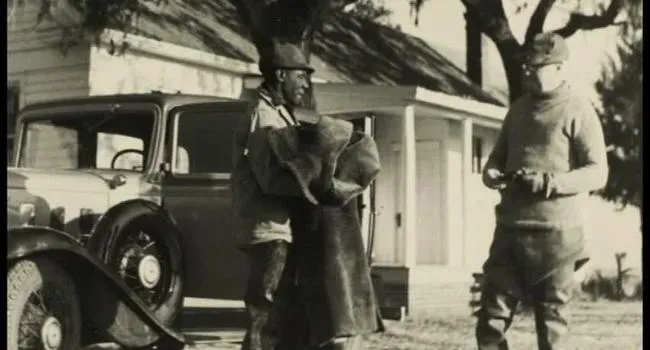Culinary adaptations transformed traditional African dishes into a unique, new creolized cuisine, influenced by European and Native American traditions, and characteristic of Gullah culture. Foodways of the South Carolina Lowcountry reach back to the region’s earliest African arrivals and have been shaped by the natural and economic resources of the area. Collards, kale and wild dandelion provided substitutes for leafy greens familiar to Africans arriving during the colonial period. Likewise, sweet potatoes, indigenous to the Americas, substituted for the African yam. In places like Hobcaw Barony European and African-Americans cooked together, blending extravagant French meals and ancient African foodways. Food historian Michael Twitty discusses the origins of Lowcountry cuisine.
View more about Hobcaw Barony on the website Between the Waters.
Standards
- 4.1.CO Compare the interactions among cultural groups as a result of European colonization.
- 8.1.CE Analyze the factors that contributed to the development of South Carolina’s economic system and the subsequent impacts on different populations within the colony.
- This indicator was designed to encourage inquiry into the geographic and human factors that contributed to the development of South Carolina’s economic system. This indicator was also written to encourage inquiry into South Carolina’s distinct social and economic system as influenced by British Barbados.
- 8.1.P Summarize major events in the development of South Carolina which impacted the economic, political, and social structure of the colony.
- This indicator was designed to encourage inquiry into the development of South Carolina as a result of mercantilist policies, which ranged from the Navigation Acts to trade with Native Americans to the use of enslaved people as labor. This indicator was designed to promote inquiry into agricultural development, using the rice-growing knowledge of the enslaved West Africans.



















